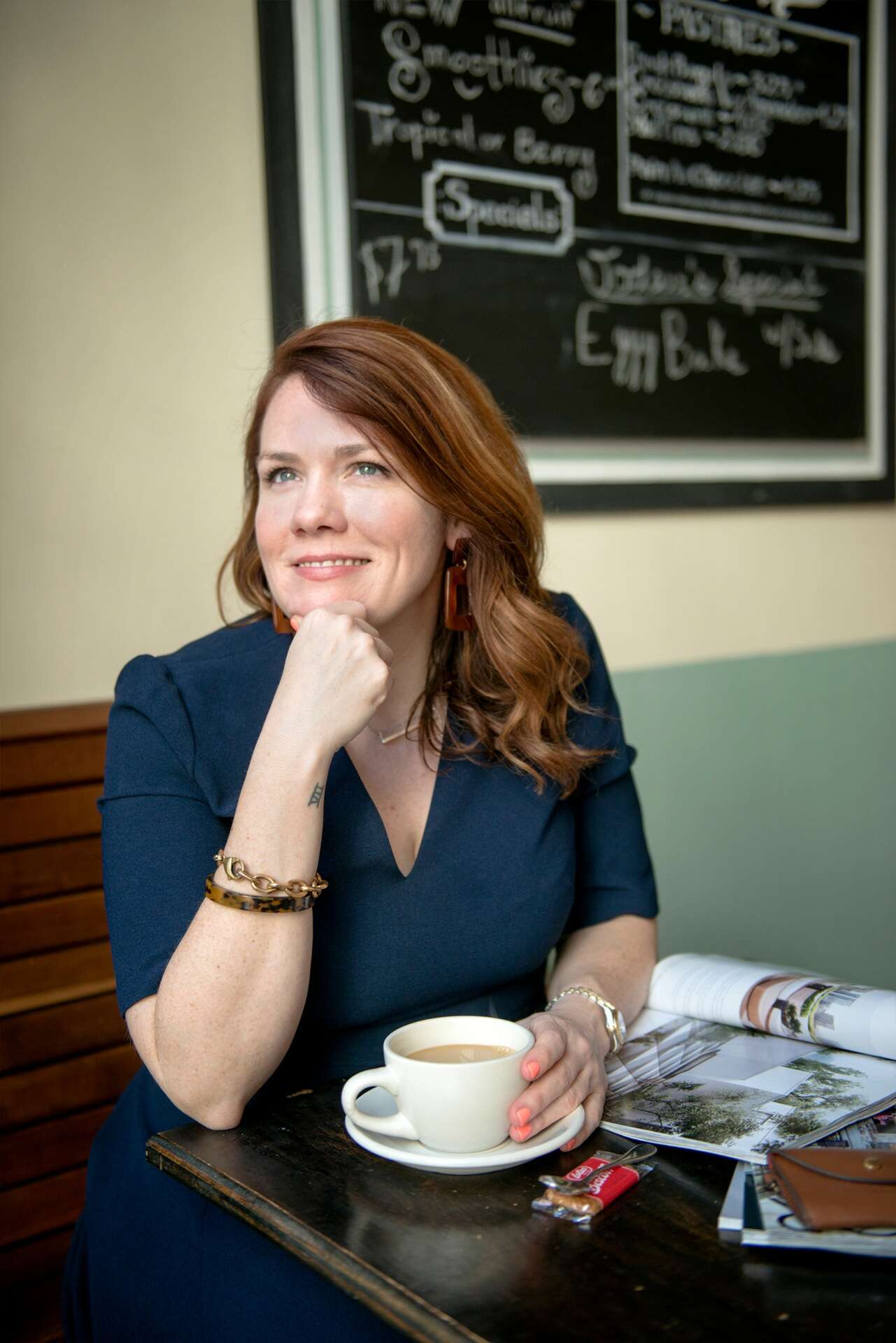We caught up with the brilliant and insightful Emily Marshall a few weeks ago and have shared our conversation below.
Emily , thanks for taking the time to share your stories with us today Have you ever had an amazing boss, mentor or leader leading you? Can you us a story or anecdote that helps illustrate why this person was such a great leader and the impact they had on you or their team?
The best boss i ever had shaped me to be a better person, employee and manager by giving me everything he had learned in his practice – and I still use what I experienced working for him in my practice 20 years later. Starting out in Hospitality Interior Design at the #1 firm in the country (at the time) knowing only what my schooling taught me was intimating. I wanted to be successful and “make it” but without real world experience (outside of summer internships) i was lost. By chance I was scheduled to work on a 5 star luxury international resort with a known brand and the best designers at our firm. I put in the extra hours and always offered help and by the time a small design assignment opened up, I jumped at the chance. As expected I failed and the project manager wanted me off the team. The lead designer came to me post critique, walked me through what i had done wrong what he would have done differently and how to better present my ideas graphically and verbally. He checked in with me daily, making sure i was on track then when it was time for my presentation to our project manager, backed my idea, which immediately gave our project manager trust in my work. To be a good boss in a creative industry means to give away everything you know, all your ideas – and more will come back to you. He pushed me to aim for beyond what i thought i was capable of; to seek criticism not praise for my work; to take ownership for my mistakes and the mistakes of the teams i would eventually lead; to see every assignment as an opportunity to do the best work i can and lastly to not be intimated to work with the best most experienced creatives, but to bring an attitude of “i want this to be the best” to the table. Also to never cry at work.
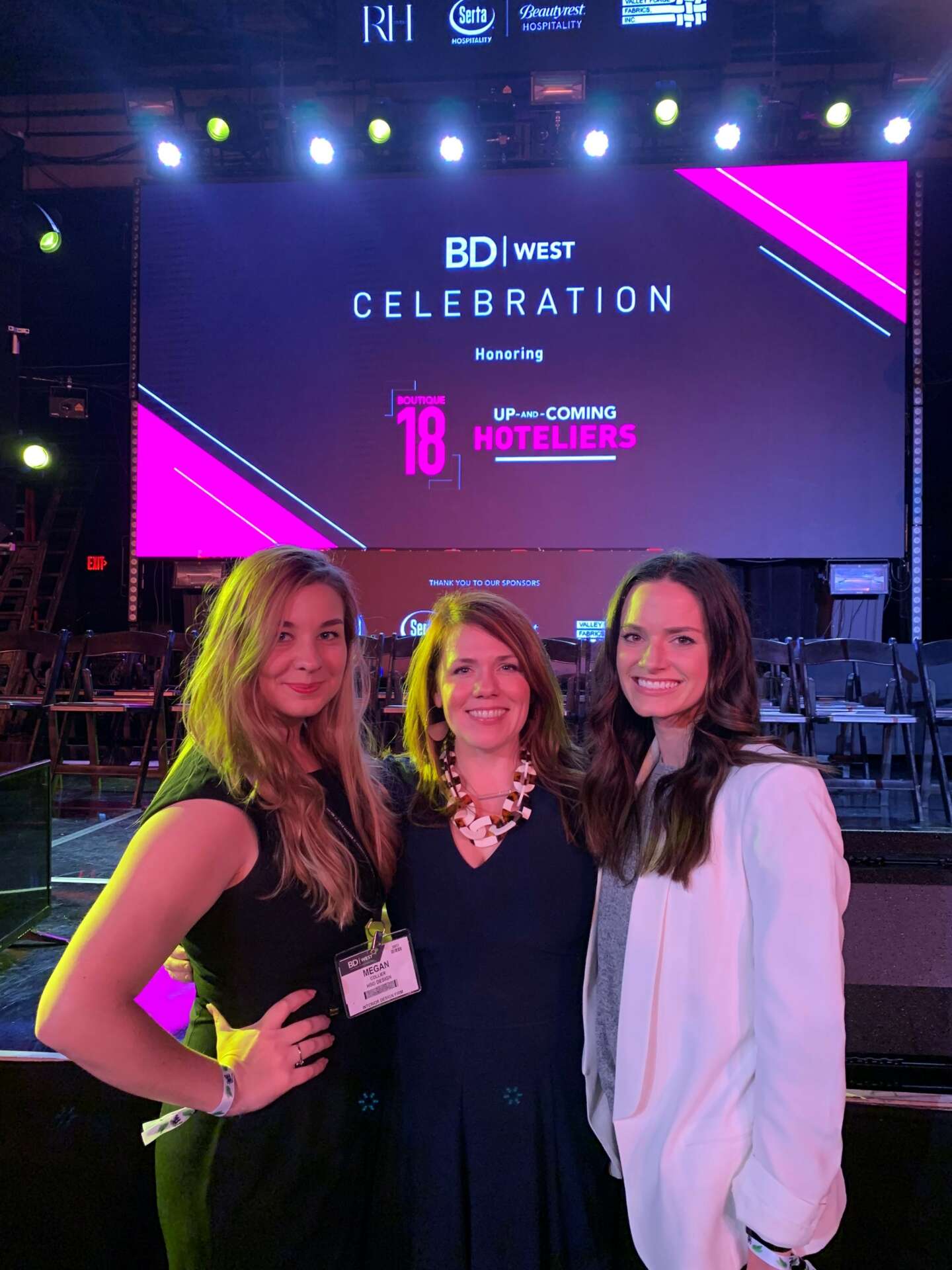
Awesome – so before we get into the rest of our questions, can you briefly introduce yourself to our readers.
I started in interior designer in Dallas, Texas, after graduating from Mississippi State University. I worked in high end hospitality interiors (hotels, resorts, restaurants, casinos & the like) industry in Dallas for 6 years before moving back to Memphis, TN to take my current job at Interior Design Direction at HBG Design, a national hospitality architecture & interiors firm headquartered here in Memphis. During my time in Dallas i also participated in prop styling and set decoration for commercials and independent films and did some freelance interior design work before taking the job in Memphis.
In my current role I manage a varying number of teams working on projects of all sizes and scales – from just one venue to an entire hotel and resort. To start a project, we begin with concepting for what the interior of the space or entire project will be – the most important part of this phase is the story telling. We strive to design experiences so the depth of the interior is key – and incorporating a story or theme into the project helps us do that. As we refine design we take 2D plans (done either by hand or in Revit) and take them into 3D at a conceptual level. At this point we start to present the massing studies with corresponding imagery to give a feel for what the space will look and feel like. We then take that and apply the color and materials and furniture that we’ve selected, that all support our story, into a 3d rendering. While the presentation work is happening we are also busy documenting it in our software, coordinating the design with our consultants – lighting designers, mech and electrical engineers, kitchen designers, signage designers, etc. Depending on the size of the project, the entire project team, outside our design staff, can be quite large. We all work towards construction documents, which is the final package of work that is bid out by a contractor. Once in construction, we work directly with the contractor as the space or property is being built, to ensure our drawings and design intent are being reflected in the work and when handoff happens, we add accessories and art to finish it off. Hospitality projects typically last years, as we start during the design phase, then see the project through construction – so it can be a long haul.
Something that sets our designs and firm apart from others is the storytelling. In lieu of having someone direct the design intent – we strive to let the concept drive design decisions. We’ve found with that, our projects look and feel more of the place than alike to each other
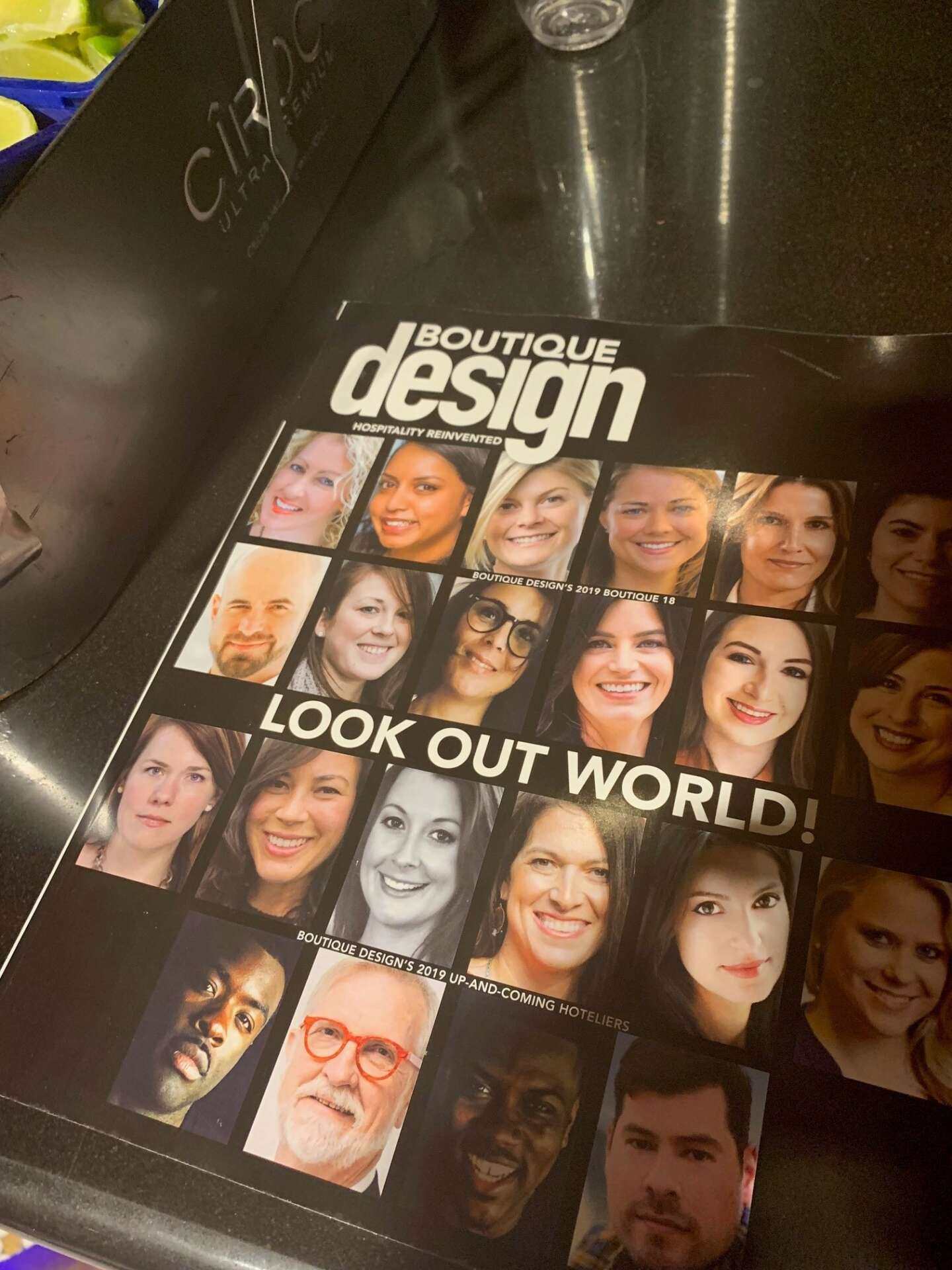
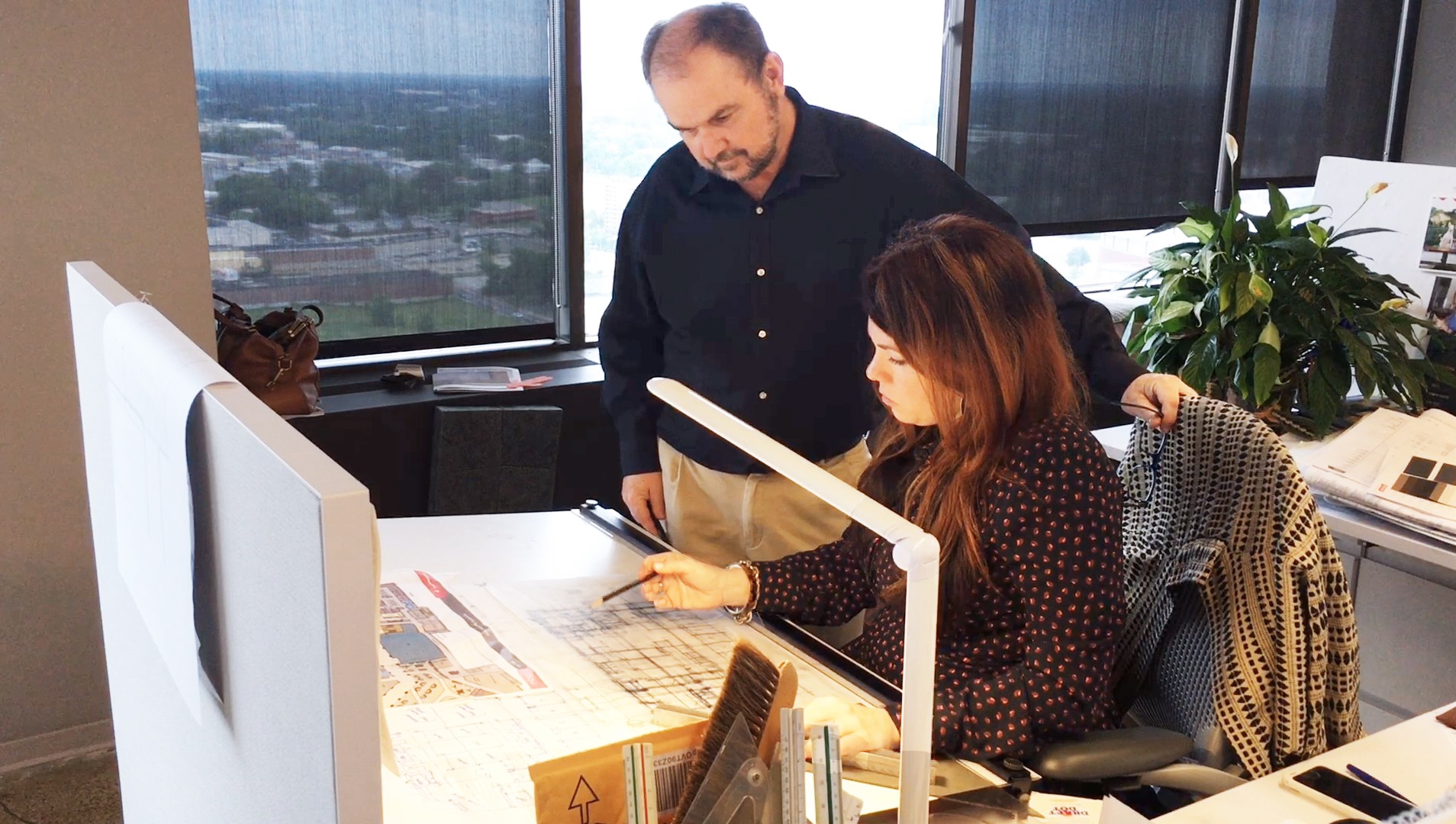
Can you share a story from your journey that illustrates your resilience?
After successfully starting my career in Dallas, the banking crisis of 2008 hit. I had just joined a start up high as the second employee the year previous abd suddenly our projects vanished. I lost my job and quickly began pivoting to create income. I picked up some prop styling and set decoration gigs for local commercials and a reoccurring hobby store’s “creative” segment. I did freelance residential and commercial interiors as I gathered clients by word of mouth marketing and worked part time at a home decor store to supplement my income. Coming from a somewhat structured 9-5 with multiple team members and departments I was suddenly writing my own contracts, sending out my out my own invoices, sourcing props and even installing all on my own while figuring out how to practice something I had no experience in and fluffing pillows . I was working 7 days a week 8-12 hours a day and barely paying my bills. The term “fake it to you make it” was my daily mantra and I eventually figured out how to balance it all. However stark the contrast between my old life and new, looking back it gave me so many new skills that I would have never experienced and the confidence in myself to know I can get through anything.
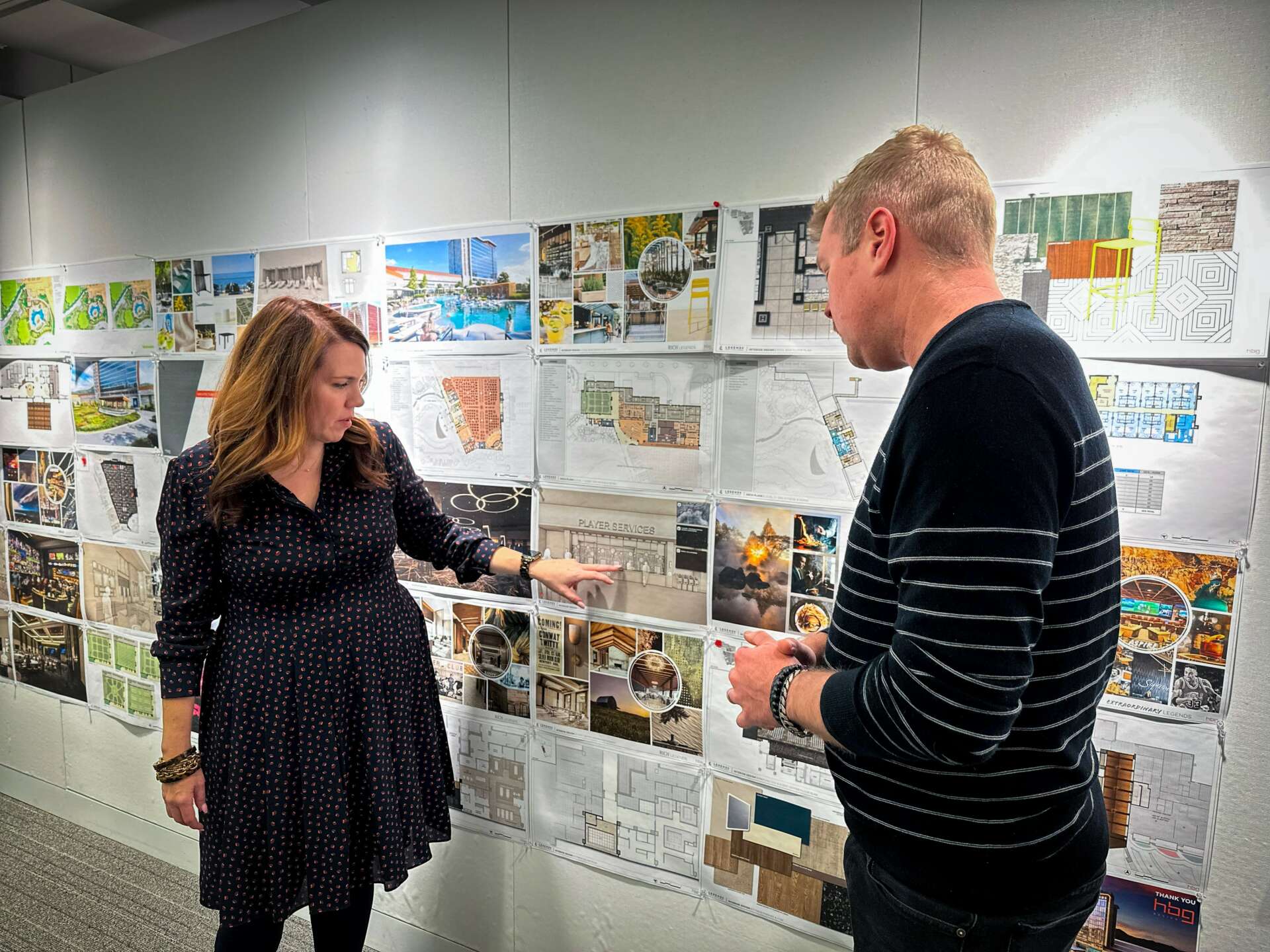
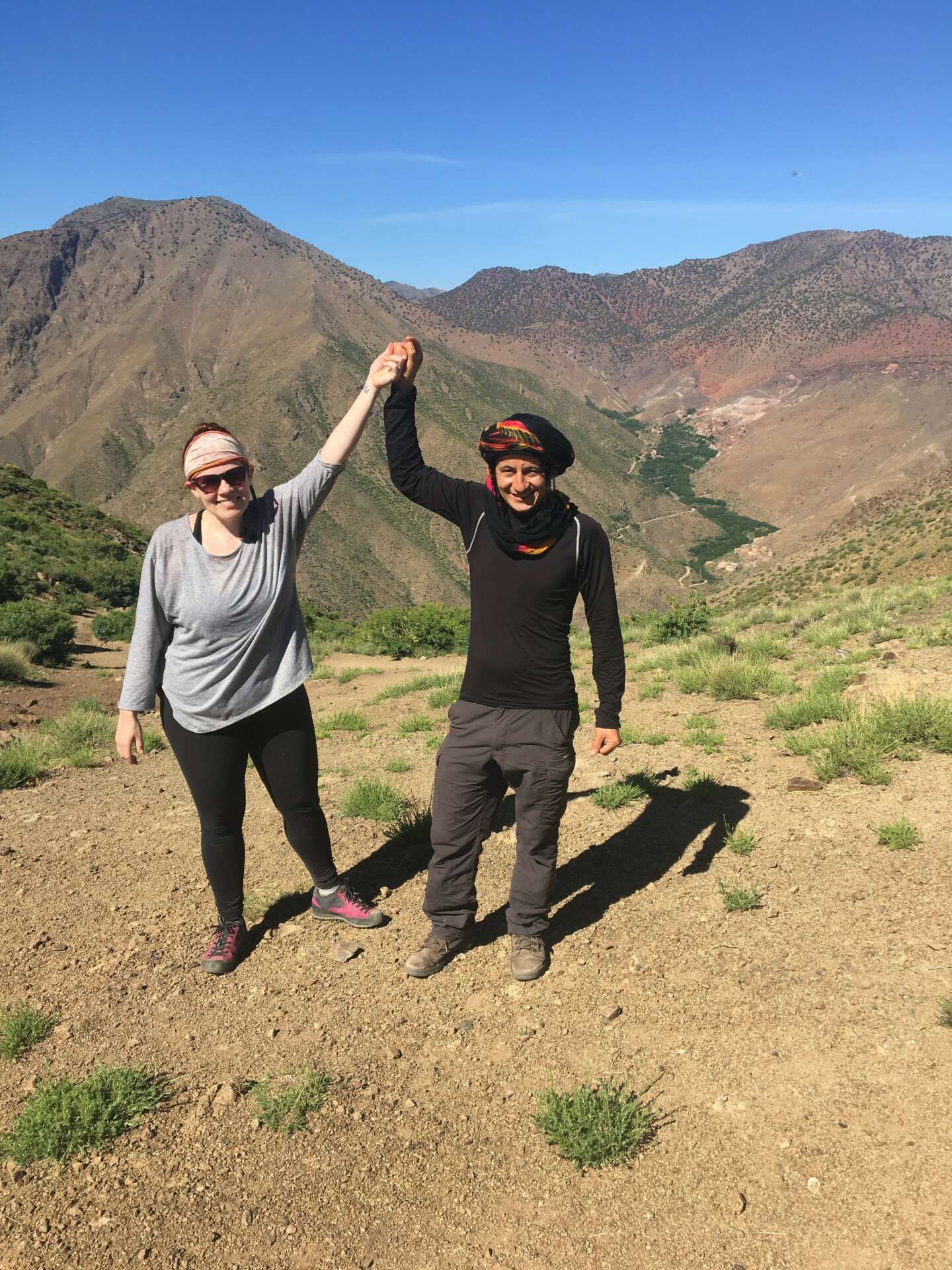
What’s the most rewarding aspect of being a creative in your experience?
Seeing the final pieces all come together and being inside a space that only existed in my mind is a crazy rewarding feeling, taking an idea from the initial conceptual story, through the documentation and approval process through construction and sourcing to the final install and working with so many different teams and trades that are interpreting your idea into their own – so many evolutions and refinements to get to the opening date, it’s an evolution and takes confidence in yourself and your abilities to really protect the integrity of the design and story as it goes through this process. AND i get to go to some really cool places all over the world for inspiration, factory visits, and project site visits – travel is a huge part of my job and is so rewarding and gives me at an endless amount of inspiration for designing experiential spaces. Travel inherently changes you as a person!

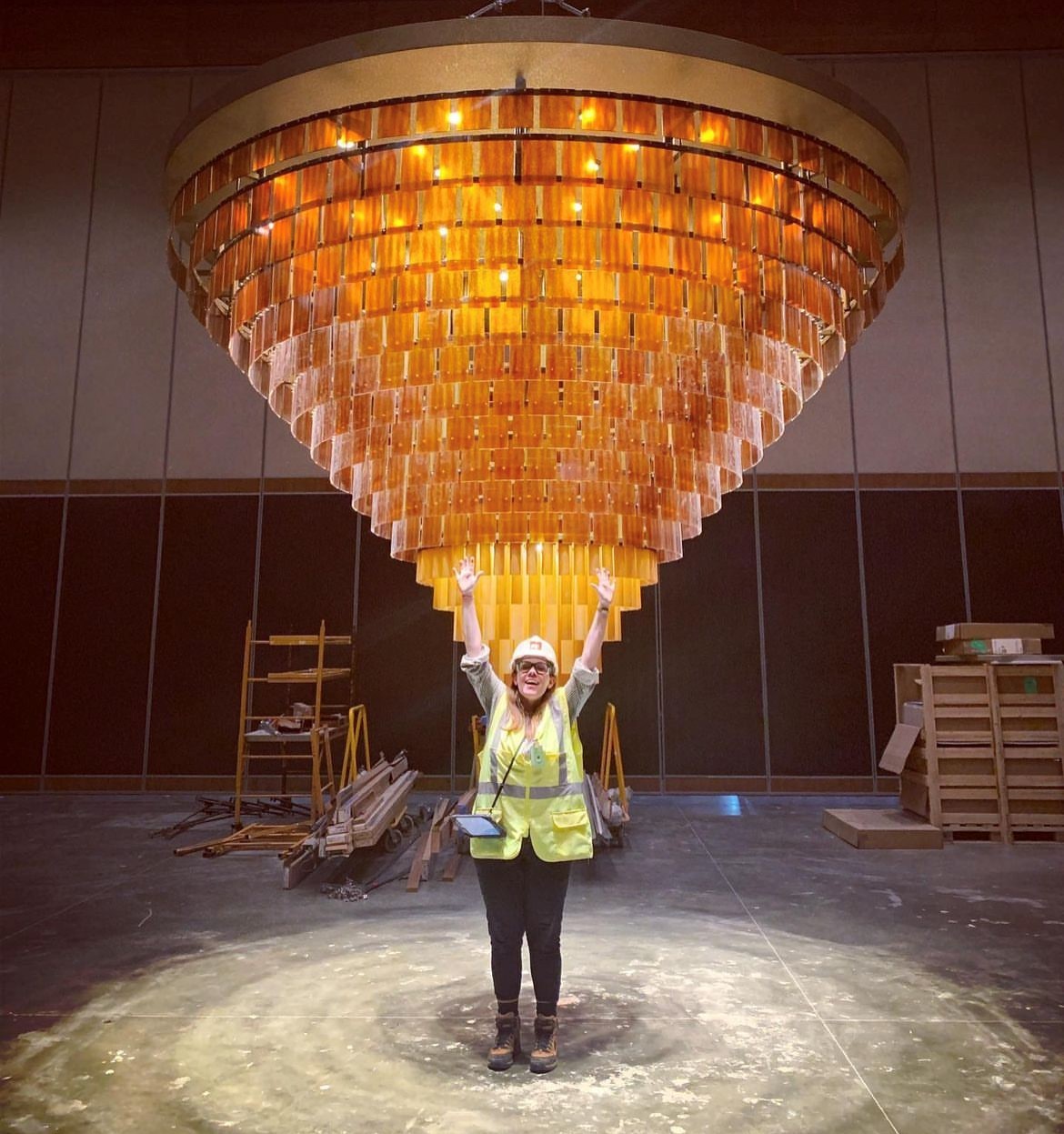
Contact Info:
- Instagram: ea______m
- Linkedin: Emily Marshall, IIDA
Image Credits
Solo / Cover Image Only – Brandon Dill


